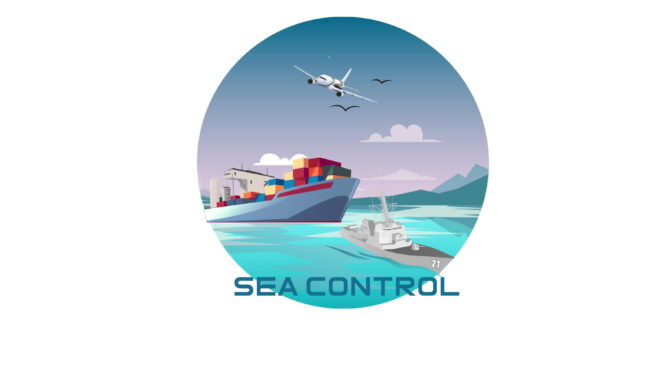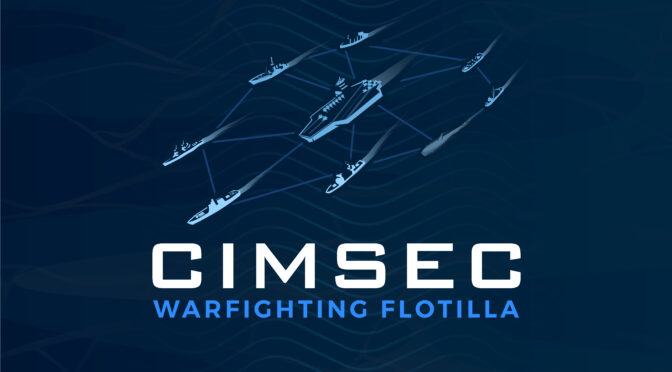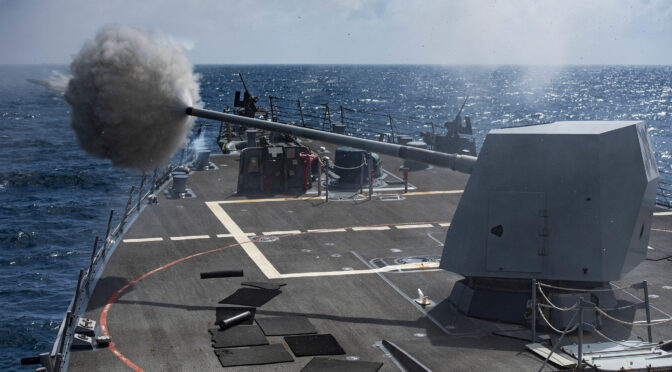By Dmitry Filipoff
CIMSEC had the opportunity to ask Warfare Tactics Instructors (WTIs) of the Naval Surface and Mine Warfighting Development Center (SMWDC) about the evolution of the Surface Warfare Advanced Tactical Training (SWATT) events. These events are some of the most advanced combat training events surface units experience, and play a critical role in preparing units for high-end operations. In this discussion, the WTIs highlight how SWATT events are becoming more advanced, what core principles undergird the learning experience, and how Sailors and WTIs are growing from these events.
Past SMWDC leadership has stated an intent to further sharpen SWATT exercises. How have these events evolved and how has SMWDC enhanced the quality of the challenge?
We are always refining and evolving the training given through SWATT and no two SWATTs are ever the same because of it. The data we pull from a SWATT allows us to make intentional changes for subsequent iterations to improve the training fidelity and desired learning outcomes. We focus these changes on areas that we assess improved the performance and preparedness of warships and staffs.
Two areas we have seen sweeping changes in SWATTs are how we train units for mission briefs and the use of live, virtual, and constructive (LVC) capabilities. With LVC, we are able to expand the scale and complexity of training conditions through the use of manned virtual simulators and constructive computer-generated forces. We are able to present ships with a more realistic scenario of a high-end fight, which far exceeds the available assets we physically have at our disposal during a training exercise. We have also added mission briefing requirements for warfare commanders (Zulu and Whiskey) into the final planning conference for SWATT in the past year. Moving into next year, we will be expanding this to the ships during our in-port academics period to increase the mentoring and teaching provided by the warfare tactics instructors (WTIs).
How do the SWATT events complement SMWDC’s new Surface Warfare Combat Training Continuum (SWCTC)? How does SWATT help emphasize the more subjective and qualitative metrics of tactical skill in SWCTC versus rote-styled learning?
SWATT is a comprehensive advanced training event which aligns seamlessly with the SWCTC framework. SWATT is focused on improving watch team performance. A unit’s watch teams are evaluated against a series of measures of performance (MOP) based upon advanced exercises defined in Commander, Naval Surface Forces’ Surface Forces Readiness and Training Manual (SFRTM). SWCTC has a complimentary set of MOPs rooted in current tactics and procedures to track individual vice watch team proficiency.
During SWATT, WTIs observe the ship’s tactical teams in action, grade each event based upon the MOP, and provide detailed debriefs for each event. The WTIs and their tactical expertise is how we are able to capture the more subjective and qualitative metrics of a watch team’s performance.
Starting in early 2023, the in-port training portion of SWATT will integrate both the SWATT and SWCTC teams to assess and improve our academic, classroom-based portion of the training. This blended approach to training will pair the lessons we currently teach during SWATT with the question banks currently used by SWCTC. This will allow us to evaluate the training we are currently providing and ensure we are providing the right level of training at the right time to best take advantage of the training opportunities provided during SWATT.
By understanding and measuring tactical performance at the individual and watch team-level over time, we will raise tactical readiness, decrease the variation between our most and least proficient operators, and make the best use of our training resources and opportunities. SWATT and SWCTC are complimentary in realizing the tactical performance we need to fight and win.
What is the value of adding supporting learning activities before and after the events, mainly the in-port academics and structured debriefings? How do these efforts enhance the experience?
From more traditional in-port training to LVC scenarios, the SWATT experience is designed to train ships through a variety of methods. Everyone learns differently, and the different approaches we use during SWATT help us achieve gains with as many operators as possible.
The structured debriefings are one of the most important tools we have. It is difficult to learn from mistakes if people cannot acknowledge they were made in the first place. Ships who already have strong debrief cultures, where people can humbly admit mistakes without fear of reprisal, tend to get the most out of training exercises, including SWATT. No one is perfect, including WTIs, and being self-aware is required to make improvements.
What is the learning value of being a WTI that facilitates these events? How do the WTIs grow and improve from working through multiple SWATT events?
Warfighters complete the course of instruction to qualify as a WTI, but they truly become WTIs during a production tour when they embark warships during SWATT and employ the WTI ethos of ‘Warrior, Thinker, Teacher.’ They are translating the book knowledge into action by advising combat watch teams and developing warships’ tactical proficiency and understanding of warfighting doctrine. Each SWATT is more complex than the last, and WTIs planning and executing multiple SWATTs is essential for continuing their growth and maintaining currency with the latest TTPs and combat system developments.
How does SWATT offer a unique learning experience by being different from a certification event? How does this different format shape the incentives and mindsets of the training audience?
While assessments are an essential method to ensure forces are ready to deploy, having a live exercise event in the Surface Force strictly dedicated to learning is as valuable. The very nature of SWATT gives ships freedom to build on their foundations from the Basic Phase while developing a keen understanding of advanced tactics in an atmosphere that encourages experimentation, taking chances, trying new things, and asking questions.
From personal experience as a department head on a ship, we got more out of SWATT than any other training exercise because we felt more freedom to try new tactics and figure out firsthand why they would or would not work, without fear of failing an assessment as a result. If our warfighters are not given avenues to explore new tactics or to creatively solve problems, it is hard to develop the professional curiosity and ingenuity necessary to give us the upper hand over our adversaries.
In addition, certification events by definition establish a minimal standard to complete. SWATT looks to move beyond a set bar every unit must get over, and instead focuses continuously on the specific processes and areas that units and teams can improve to achieve the highest possible tactical performance.
What kind of data collection occurs during SWATT, such as the efforts of the Data Analytics Working Group (DAWG)? How does this data get applied to inform training and other SMWDC efforts?
Data is collected from every major sensor aboard the ship, from the SPY radar to data links, as each ship executes SWATT serials. This data is taken back to the DAWG, which occurs a few months after SWATT execution, and is used to help reconstruct events and validate shipboard system performance. These data reconstructions help correct training audience deficiencies and improve our own products. For example, positional data could confirm if a ship correctly conducted evasive steering for an inbound torpedo. If ships are consistently having trouble in one area, it is a potential indicator that it may need to be prioritized in the training cycle, or that fleet or SMWDC guidance is unclear. If the latter is determined, depending on the issue, it will be pushed to the appropriate SMWDC office to resolve the doctrine, TTP, or planning.
What does WTI mentorship look like when they are aboard the ships during SWATT and working with the crews? What do you hope the crews can learn from the WTIs and apply themselves going forward?
WTIs work with ships during in-port training not only to provide a baseline level of knowledge for shipboard combat teams, but also to establish themselves as approachable subject matter experts. While embarked and not actively conducting a SWATT event, WTIs work with the shipboard planning cells to assist in the development of briefs, systems setup, and doctrine validation. Crews can learn a lot from WTIs, especially how familiarity with published tactics and procedures can make us all better warfighters.
More importantly, however, crews gain more professional curiosity from working with WTIs. We cannot buy our way out of the tactical problems our Navy faces—we need Sailors to understand our tactics and use them to develop creative solutions to defeat enemies. That creativity does not come without professional curiosity.
During SWATT, WTIs add value in a variety of ways. They routinely engage with large groups in the form of training sessions or briefings. In addition, they often field specific questions and concerns from individual watchstanders or watch teams where the interaction is much more interactive and personal. Being approachable is a hallmark of the WTI cadre, and this is clearly visible and impactful when at sea during SWATT execution.
Dmitry Filipoff is CIMSEC’s Director of Online Content. Contact him at [email protected].
Featured Image: (Dec. 30, 2020) The guided-missile destroyer USS Sterett (DDG 104) fires its Mark 45 5-inch gun during a live-fire exercise. (U.S. Navy photo by Mass Communication Specialist Seaman Drace Wilson)



